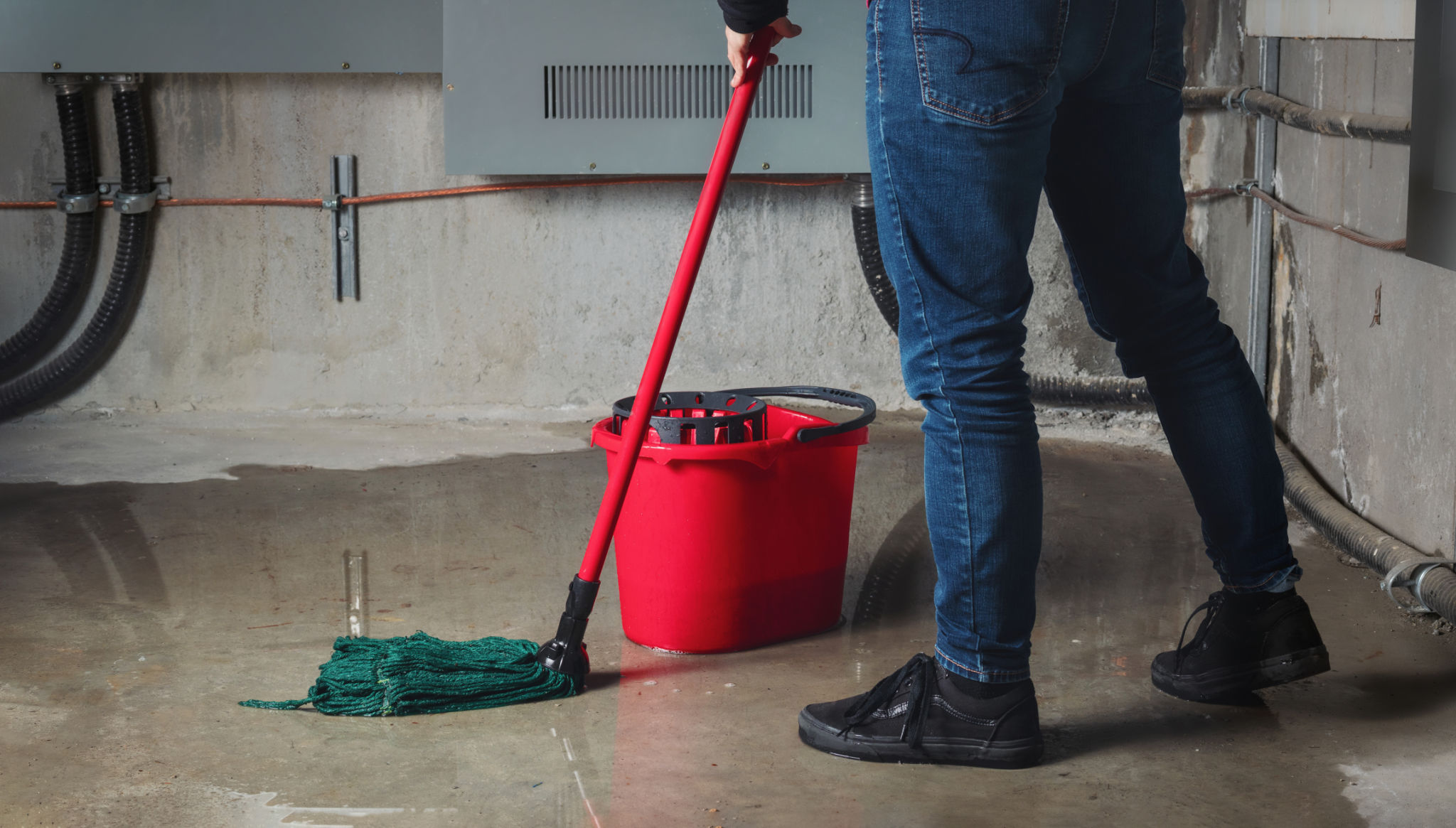Storm Water Damage Repair: What to Do Before Help Arrives
Understanding the Immediate Impact of Storm Water Damage
Storm water damage can be devastating, leaving homeowners overwhelmed and uncertain about the next steps. Understanding the immediate impact is crucial to effectively manage the situation until professional help arrives. Storm water can cause structural damage, electrical hazards, and potential health risks due to contaminated water.

It is essential to remain calm and prioritize safety. Start by assessing the damage from a safe distance, avoiding areas with standing water that could be electrically charged. Making informed decisions during these initial moments can significantly minimize further damage and ensure the safety of your family.
Ensuring Personal Safety First
Before anything else, ensure that you and your family are safe. This means avoiding any contact with floodwaters, as they may be contaminated with sewage or chemicals. If the flooding is severe, it may be safer to evacuate the premises temporarily.
- Turn off the electricity supply if it is safe to do so.
- Avoid using electrical appliances until a professional has inspected them.
- Stay informed through local news updates regarding weather conditions and emergency instructions.
Documenting the Damage
Once everyone is safe, begin documenting the damage for insurance purposes. This is a critical step that will assist in your recovery process. Use your smartphone or camera to take clear photos and videos of the affected areas. Document everything from structural damage to personal belongings that have been affected.

- Capture images of water levels in each room.
- Photograph any visible structural damage, such as cracks or weakened walls.
- Make a list of damaged items, including furniture, appliances, and personal belongings.
Taking Immediate Preventative Measures
While waiting for professional assistance, there are several preventative measures you can take to mitigate further damage. Begin by removing as much water as possible using buckets or a wet/dry vacuum. Open windows and doors to promote air circulation and help dry out affected areas.
If floodwaters have subsided, begin cleaning up with protective gear. Use disinfectants to clean surfaces that may have been contaminated. Additionally, remove any wet carpets or rugs to prevent mold growth, which can develop rapidly in damp conditions.

Preparing for Professional Assistance
While you wait for experts to arrive, make a list of questions or concerns you may have regarding the repair process. This can include inquiries about mold remediation, structural repairs, and insurance claims. Having this information ready will make consultations with professionals more efficient and productive.
Contact your insurance company as soon as possible to report the damage and initiate a claim. They may provide guidance on approved contractors or specific documentation required for claims processing. Stay proactive and organized to ensure a smoother recovery journey.
Reflecting on Preparedness for Future Storms
Once the immediate crisis is managed, consider how you can better prepare for future storms. Investing in flood insurance, improving drainage systems around your home, and creating an emergency preparedness plan are all steps that can reduce the impact of future storm water damage.
Educating yourself and your family on emergency procedures and having a stocked emergency kit can also provide peace of mind. By taking these proactive measures, you can safeguard your home and loved ones from potential future threats.